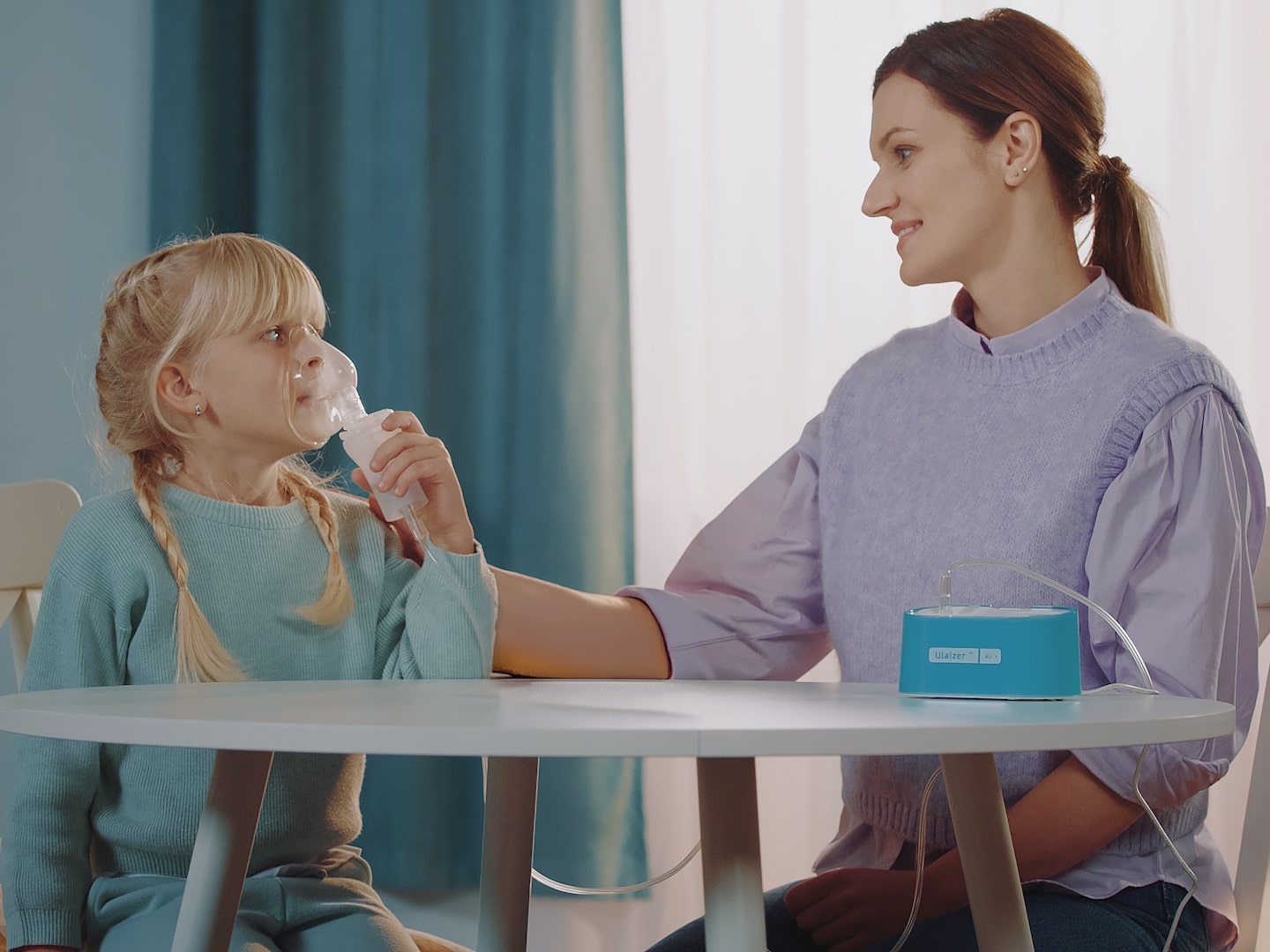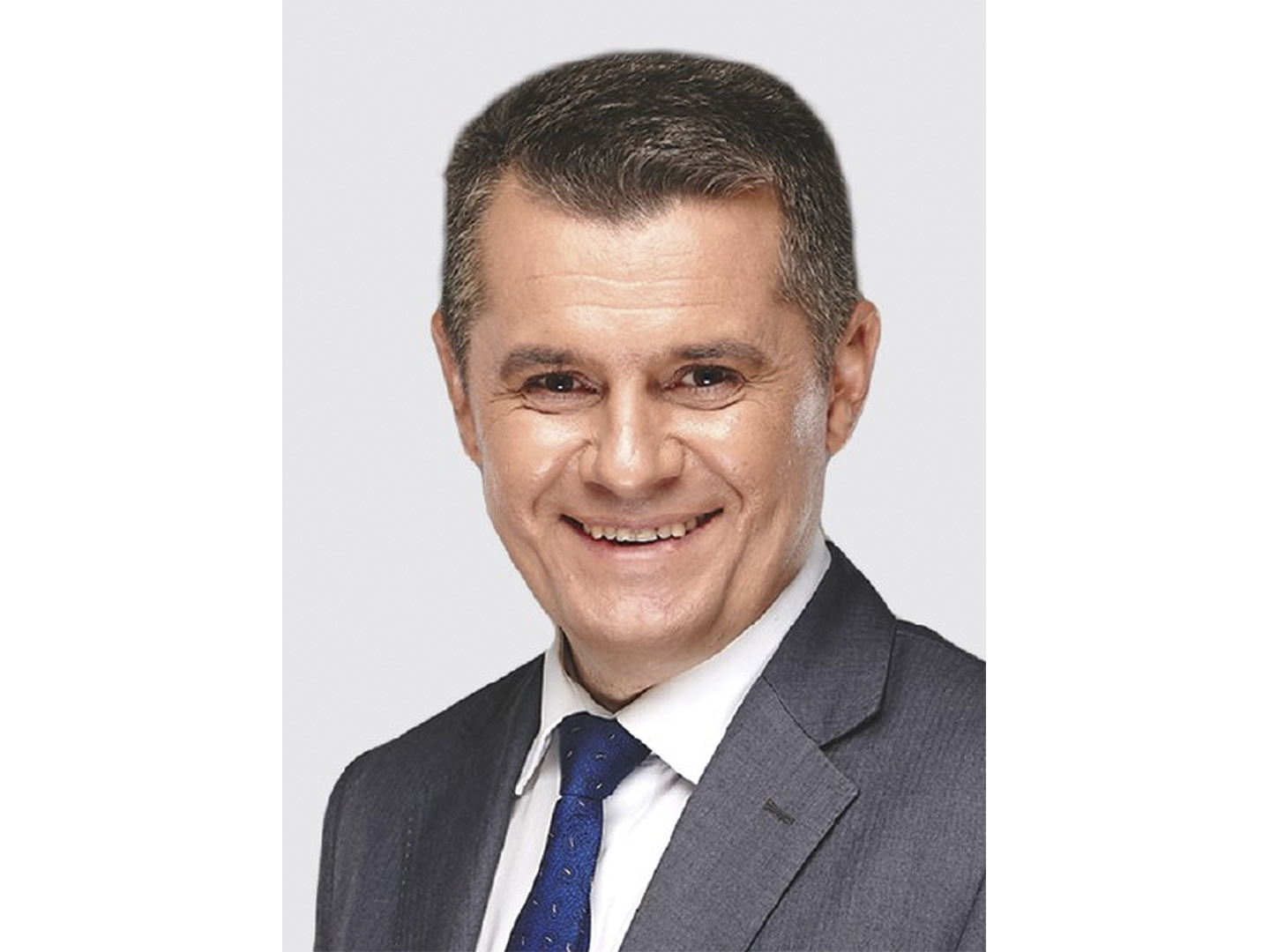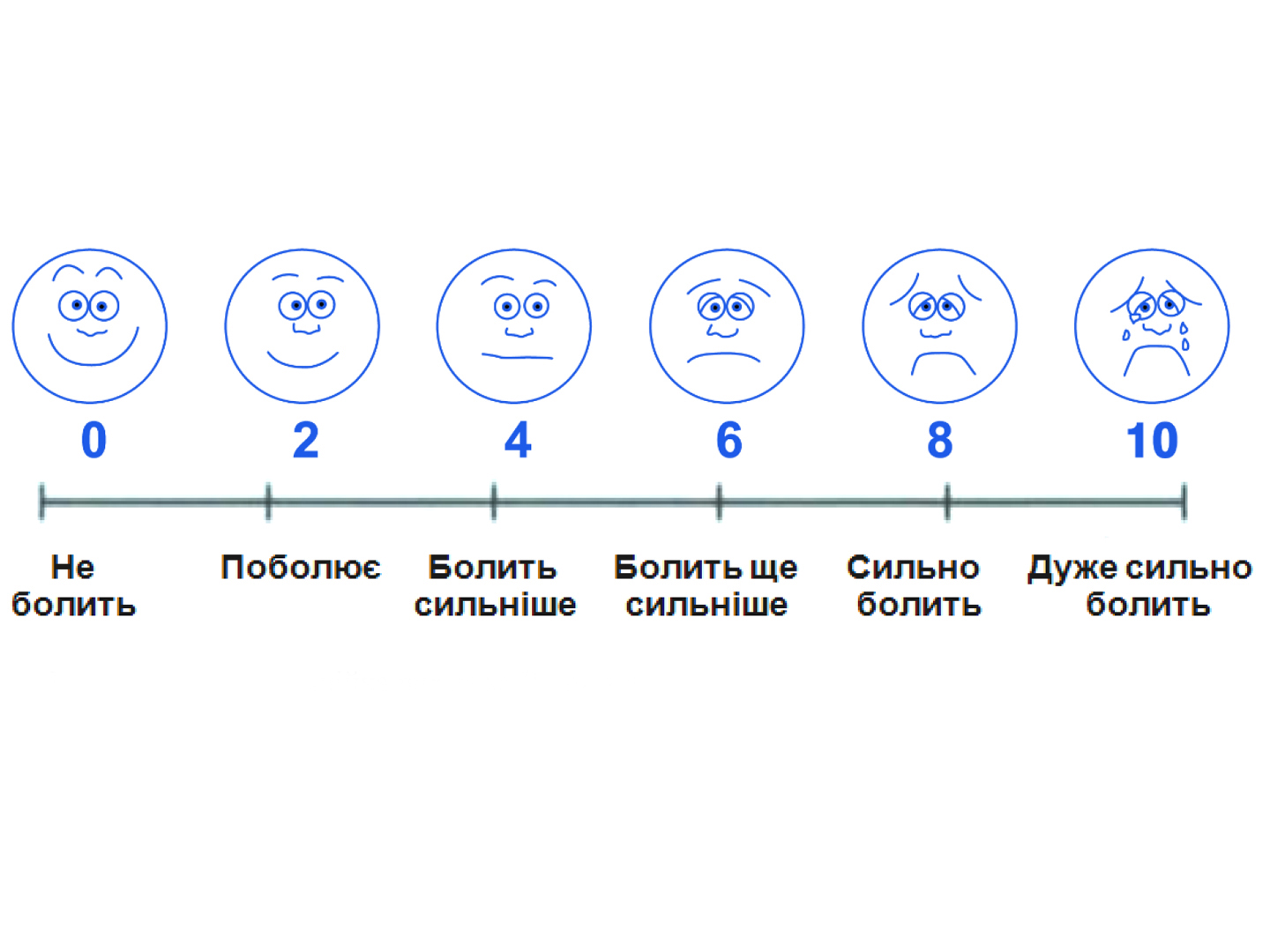Fever and hyperpyrexia in children. Emergency management and contemporary possibilities of treatment
Kharkiv Medical Academy of Post-graduate Education of Ministry of Health of Ukraine
Summary. In this article practical questions of emergency care delievery to children with febrile states are being con-sidered from a modern view. Main data on fever pathogenesis are presented. Guidelines on stratification of patients at high risk serious bacterial infections and their examination and therapeutic approach are given. Also the review of modern pharmacological possibilities of antipyretics had been offered.
Key words: fever, children, antipyretics.
Fever in children is one of the most frequent reasons for seeking medical advice. According to data from the USA, more than 20 % of all pediatric emergency department health encoun-ters are fever-related [1]. Fever is one of the common responses to diverse pathological effects. Normal oral temperatures range from 35.8 to 37.2°С, and normal rectal temperatures range from 36.1 to 37.8°С. Balance between heat dissipation and heat pro-duction is settled at age of 7 – 8 years old that is why elevation of body temperature, i.e. fever, is more frequent in young chil-dren. Hyperthermia is an alteration of temperature homeostasis that results from unregulated rise in heat production, or decrease in heat dissipation, or failure of hypothalamic thermoregulation [3]. Practitioners usually understand hyperthermia as body tem-perature elevation above 38.5-39°С. In most cases, such temper-ature response is pathological and demands correction. Though, pathophysiologists, unlike clinicians, understand hyperthermia as body temperature elevation resulted from overheating. We be-lieve this is a more justified approach. Moreover, the most of well-known and authoritative intensivists incline to the same, as evidenced by the absence of “hyperthermia” term meaning high (above 39°С) body temperature, in the most famous English and Russian pediatric intensive care editions.




